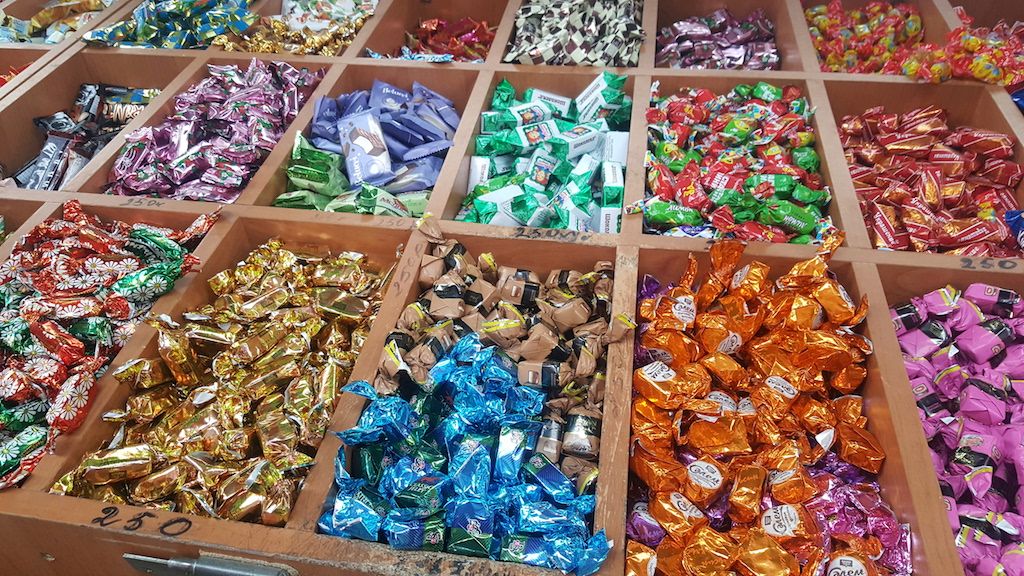June 11, 2018 - First in a series of articles about World Cup cities where Croatia will play its games.
Croatian fans were truly lucky when the draw decided that they will not have to travel thousands and thousands of kilometres to attend a World Cup match. The city of Kaliningrad lies on the banks of the Pregolya River, right next to Poland and Lithuania, and has about half a million inhabitants.
It is the most interesting of the three cities in which Croatia will play because it is geographically far away from the rest of Russia (as much as 1,258 kilometres from Moscow), located near the shores of the Baltic Sea, surrounded by Lithuania and Poland, and closer to many European capitals than Moscow.

A postcard sent from Kaliningrad to Croatia and the rest of Europe usually travels for months and may reach the recipient just before the next world cup (because it is first sent to Moscow by ship?!), but no one is losing any sleep over it. Locals are smiling, and seem rather more cheerful than the people in Moscow. Life is also much less expensive here than in the Russian capital. There are clubs and entertainment for everyone, and the city is also the main base of the Russian Navy’s Baltic Fleet (the Baltiysk port is connected with Kaliningrad by a 40-kilometre long navigable water canal and never freezes). It was an important main port during the Cold War, with half a million soldiers were located there, unlike today when there are some 30,000.

All this can be felt in the air, which is mostly cold, and the Baltic Sea provides a special treat if you drive to the coast at the nearby Zelenogradsk and Svetlogorsk on a Sunday by train or bus (for just a few roubles), in search for amber, amorphous yellow-brown mineral which belongs to the group of fossil resins and allegedly has magical powers?!
If you find yourselves in Kaliningrad, it would be a real sin not to visit the Baltic Sea, swim with the swans, and enjoy the kvass drink and vodka in your free time. For those who still do not know, kvass is Russian low-alcoholic cold drink (sold from cisterns in the streets during the summer months), obtained by fermentation of rye and barley, rye flour and sugar, and is exceptionally beneficial for those with liver problems, gastritis and elevated blood pressure.

Kaliningrad is a significant industrial centre. In addition to the well-developed metal industry (plants of locomotives, railway cars, construction machinery and port equipment) and shipbuilding, there are significant wood, textile, chemical and food industries (canned fish and meat) and, more recently, the automotive industry.
Until 1945, Kaliningrad was called Konigsberg and was the capital of Prussia (it was founded in 1255). After the Second World War, it was named after Mikhail Ivanovich Kalinin, the Bolshevik revolutionary who was the nominal leader of the Soviet Union from 1919 to 1946.
Once a German city, it quickly became a Soviet one, and today it has exceptional geopolitical significance for Russia. Many call it Putin's Trojan horse because it is located at the heart of the NATO alliance. During the Second World War. more than 90 percent of buildings were destroyed. Among architectural monuments preserved, the most prominent ones are a castle from the 13th century, the cathedral from the 14th century, and numerous other churches.

The modern Kaliningrad continues its cultural traditions: the university, the Baltic Research Institute of Fisheries and Oceanography, the zoo and other institutions. One of the professors at the former Albertina University (founded in 1544, and closed in 1945) was Immanuel Kant, who was born in the city.
Until the Second World War, the city also head a large Prussian royal castle, but all the Germans who lived there were forcedly evacuated and the city was settled by immigrants from other republics of the USSR. At the location where the royal palace used to stand, a 22-storey building, the so-called Soviet House, was built, later named the worst-looking building in Russia. Since there are many tunnels below it, the building began to sink, but it still stands in place, although nobody lives in it.
During the World Cup, Kaliningrad will not be too expensive, at least as far as food and drinks are concerned. It is expected that prices will jump by thirty percent. Considering that food and beverage prices are now thirty percent lower than in Croatia, you will not be shocked. Just relax and enjoy yourselves!

Kaliningrad like Hong Kong?
Neighbouring Lithuania, Estonia and Latvia, former members of the USSR, have proclaimed their independence and are now members of the European Union. However, they have “dislodged” Kaliningrad from the Russian mainland, so now the city is linked with Moscow by a railway line across Lithuania and Belarus. It is rumoured that Russians wanted to make Kaliningrad into a Hong Kong-like metropolis, but have not succeeded due to a whole range of problems. One of them is the crime! During the negotiations between Russia and the EU in 2002, a transit issues framework agreement was reached, which facilitates traffic links between the Kaliningrad Region and the rest of Russia.


